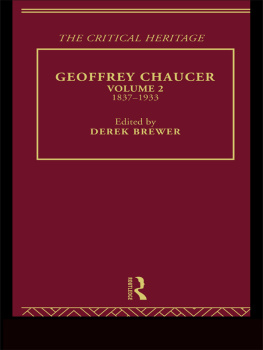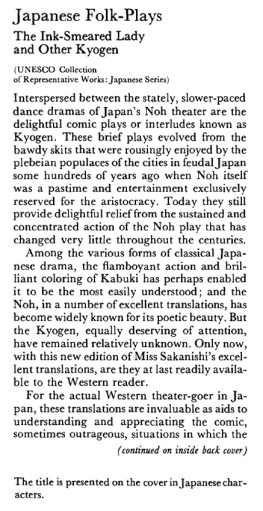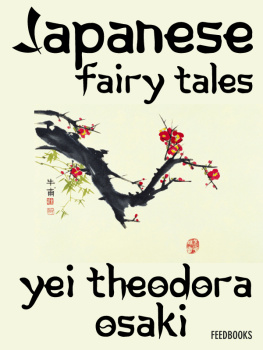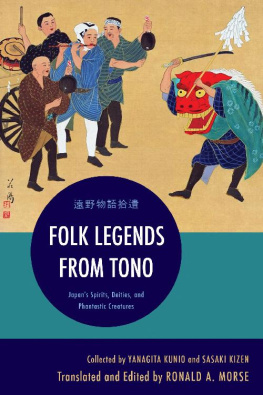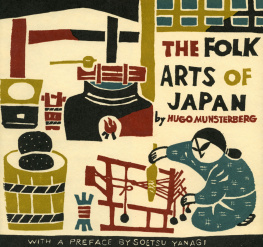Geoffrey Bownas - Japanese Rainmaking and other Folk Practices
Here you can read online Geoffrey Bownas - Japanese Rainmaking and other Folk Practices full text of the book (entire story) in english for free. Download pdf and epub, get meaning, cover and reviews about this ebook. year: 2013, publisher: Routledge, genre: Home and family. Description of the work, (preface) as well as reviews are available. Best literature library LitArk.com created for fans of good reading and offers a wide selection of genres:
Romance novel
Science fiction
Adventure
Detective
Science
History
Home and family
Prose
Art
Politics
Computer
Non-fiction
Religion
Business
Children
Humor
Choose a favorite category and find really read worthwhile books. Enjoy immersion in the world of imagination, feel the emotions of the characters or learn something new for yourself, make an fascinating discovery.

- Book:Japanese Rainmaking and other Folk Practices
- Author:
- Publisher:Routledge
- Genre:
- Year:2013
- Rating:5 / 5
- Favourites:Add to favourites
- Your mark:
- 100
- 1
- 2
- 3
- 4
- 5
Japanese Rainmaking and other Folk Practices: summary, description and annotation
We offer to read an annotation, description, summary or preface (depends on what the author of the book "Japanese Rainmaking and other Folk Practices" wrote himself). If you haven't found the necessary information about the book — write in the comments, we will try to find it.
Japanese Rainmaking and other Folk Practices — read online for free the complete book (whole text) full work
Below is the text of the book, divided by pages. System saving the place of the last page read, allows you to conveniently read the book "Japanese Rainmaking and other Folk Practices" online for free, without having to search again every time where you left off. Put a bookmark, and you can go to the page where you finished reading at any time.
Font size:
Interval:
Bookmark:

Anthropology and Ethnography
In 6 Volumes
| I | Japanese Rainmaking | Bownas |
| II | Witchcraft Confessions and Accusations | Douglas |
| III | The Life-Giving Myth | Hocart |
| IV | The Structural Study of Myth and Totemism | Leach |
| V | Witchcraft and Sorcery in East Africa | Middleton & |
| Winter | ||
| VI | The Witch Figure | Newall |

Routledge
2 Park Square, Milton Park, Abingdon, Oxon, OX14 4RN
A CIP catalogue record for this book is available from the British Library
ISBN: 0-415-32556-0 (set)
ISBN: 0-415-33069-6

RAINMAKING

Pauline Brown
GEORGE ALLEN & UNWIN LTD
any fair dealing for the purpose of private study, research, criticism
or review, as premitted under the Copyright Act, 1956, no portion
may be reproduced by any process without written permission.
Inquiries should be addressed to the publisher
in 13 pt Perpetua type
BY SIMSON SHAND LTD
LONDON, HERTFORD AND HARLOW
18751962




Font size:
Interval:
Bookmark:
Similar books «Japanese Rainmaking and other Folk Practices»
Look at similar books to Japanese Rainmaking and other Folk Practices. We have selected literature similar in name and meaning in the hope of providing readers with more options to find new, interesting, not yet read works.
Discussion, reviews of the book Japanese Rainmaking and other Folk Practices and just readers' own opinions. Leave your comments, write what you think about the work, its meaning or the main characters. Specify what exactly you liked and what you didn't like, and why you think so.





